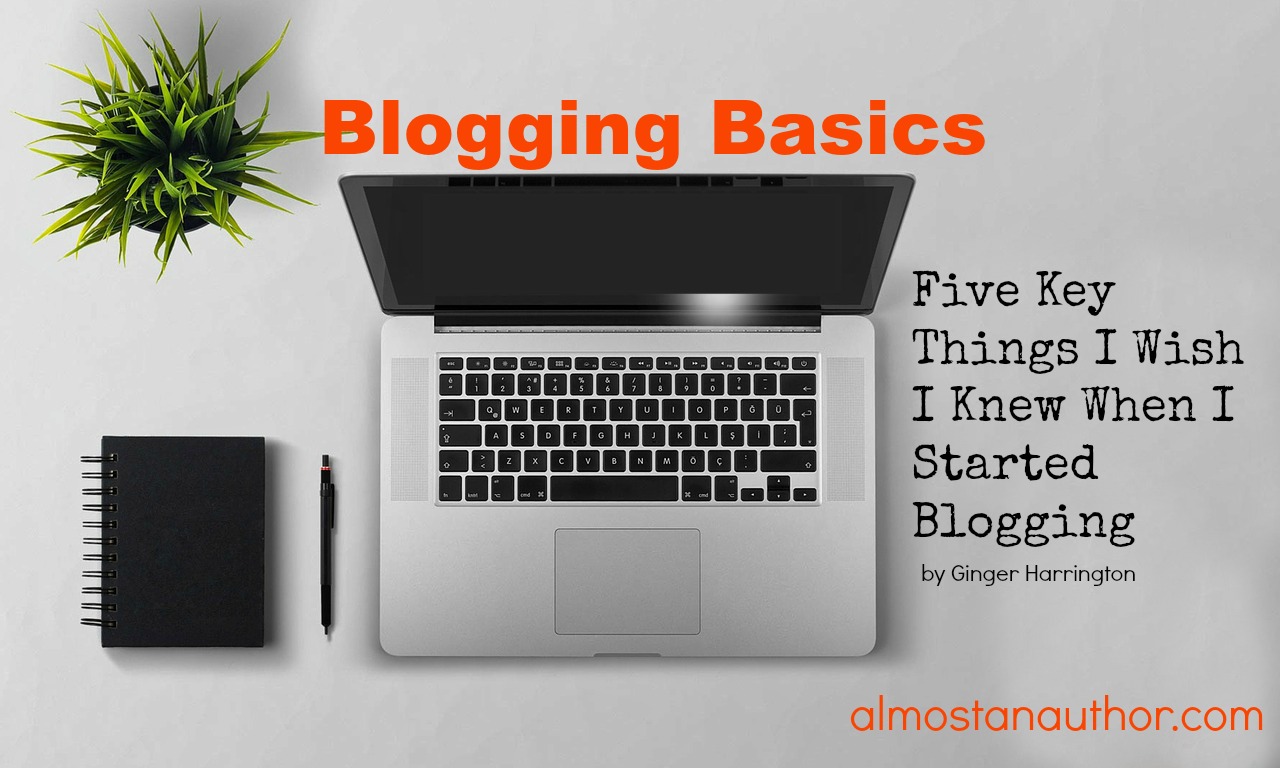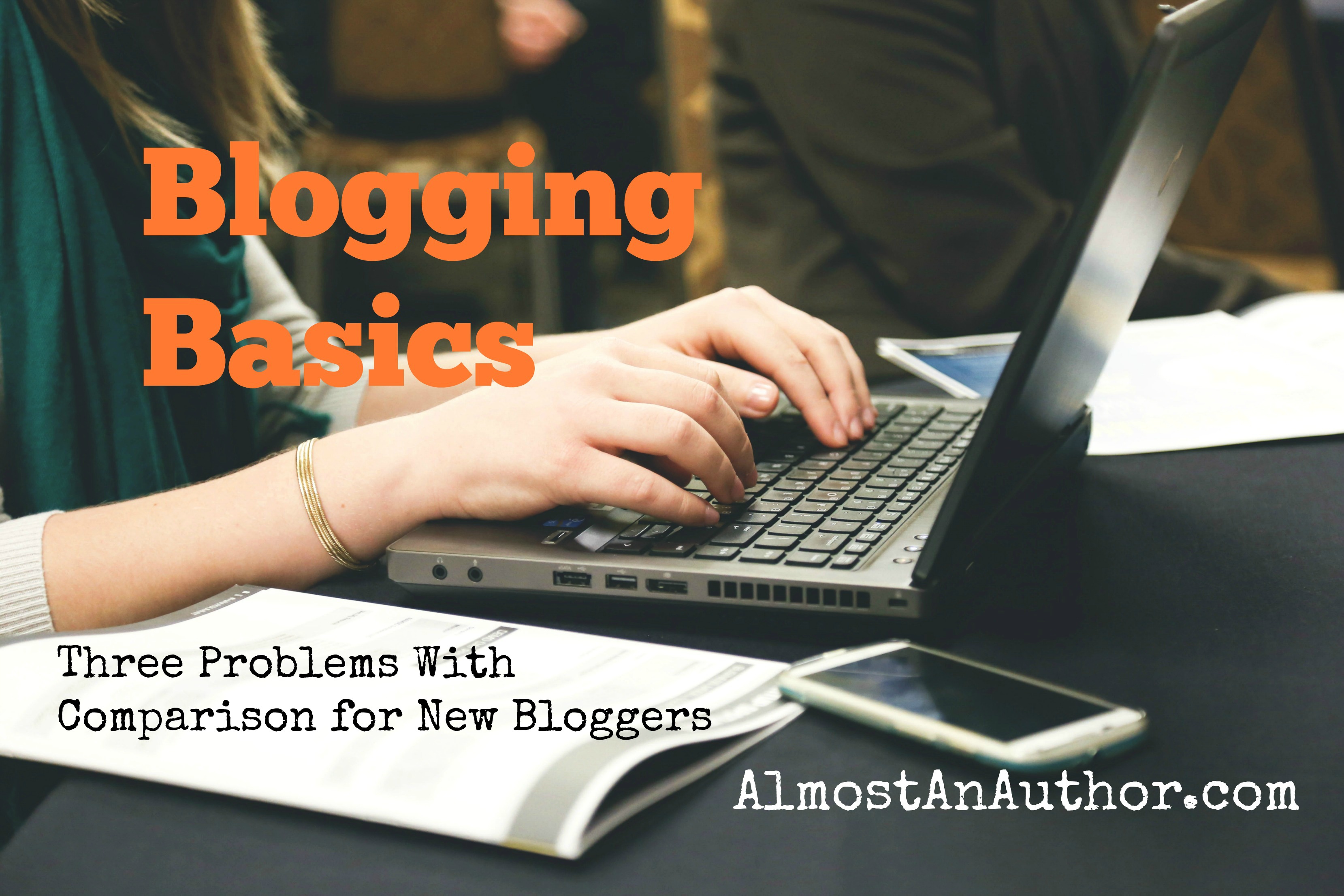Beginning bloggers face a steep learning curve that can seem overwhelming. Because there’s so much to learn, it’s easy to begin blogging without a clear plan and purpose. Really, it’s enough to make your head spin: SEO, format, technical, style, social media, length, graphics, and more. The list seems endless.
When I started blogging, I didn’t have a clear vision of I wanted to accomplish. I had a general topic, but lacked a well-developed focus. Over time, I’ve learned through mistakes, training, and example. Start out strong with five key things I wish I knew when I started blogging.
[bctt tweet=”Five Key Things I Wish I Knew When I Started Blogging”]
- Give yourself permission to grow over time.
- Fight the temptation to be overwhelmed with all the details.
- Let go of perfectionism and remember everyone walks one step at a time.
- Refuse to negatively compare your blog or traffic with others.
- Subscribe to writing blogs for practical tips and tutorials for ongoing development.
- Know your why. Take time to think through the reasons you’re blogging. Examine your motivation with prayer. You need a stronger why than building a platform and generating high traffic. Platform and traffic are good goals, but writing for the numbers can be discouraging. Consider these questions:
- How does God want to use your writing?
- What is your purpose for blogging?
- What do you hope to do?
- Why is this important to you?
- How do your experiences, knowledge, and passions fit with your calling to write?
- Focus your blog. A well-focused blog makes it easy readers to know your passion at a glance. The average reader decides within 30 seconds if content is relevant to their interests. Use these tips to focus your blog.
- Craft a strong mission or brand statement you can work with long term.
- Choose 3-6 main topics that relate to your purpose.
- Brainstorm ideas that fall under each topic.
- Keep your mission statement in mind when you write.
- Make your focus clear at first glance with structure and graphics that present your topic.
- Understand the difference between a category and a tag. Categories and tags can sort content by subject rather than chronological order. Categories are broad topics supporting your why, or your mission statement. “Your blog’s categories are like its elevator speech. Make it happen without excess,” explains Julie R. Neidlinger. Tags are more specific than categories and relate to specific details of your post.
- Be strategic in choosing your categories.
- Use categories and tags to make it easy for the reader to find content.
- The use of tags is optional and not limited in number.
- Don’t overuse tags; WordPress recommends less than 15 in a post.
- Aim for brand consistency. Refer to your brand statement in most of your posts for a cohesive, focused site. Brand statement, categories, and blog content should all work together.
- Place your mission statement in a visible spot to remind you to tie your post to your brand.
- Keep a list of words, phrases, and concepts that support each category. Use these consistently in your posts whenever possible.
- Before publishing, double check each post for a clear connection to your why or your mission statement.
[bctt tweet=”Refer to your brand statement in most blog posts for a cohesive, focused website.”]
These tips will help you quickly overcome many of the content and organizational challenges new bloggers face. Stay focused on the purpose of your blog, the why that motivates and energizes you. Share your passion with the world with an organized and clearly structured site. Be patient, aim for steady growth and celebrate each new skill mastered. Understanding how to write a clear mission statement and organize your blog will but you ahead of many beginning bloggers.







No Comments